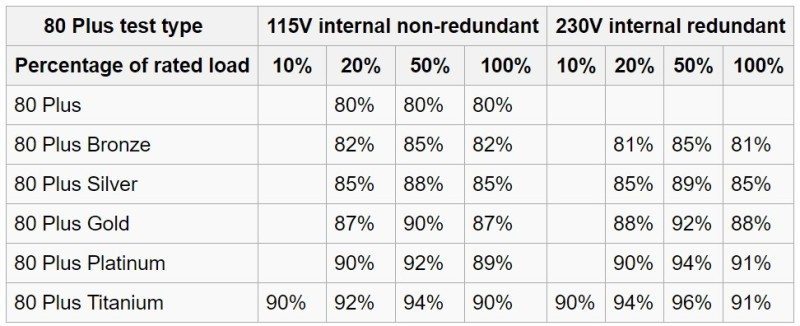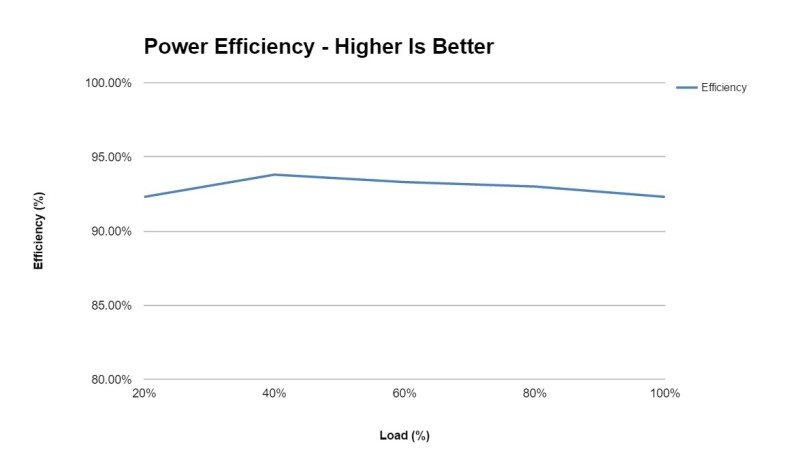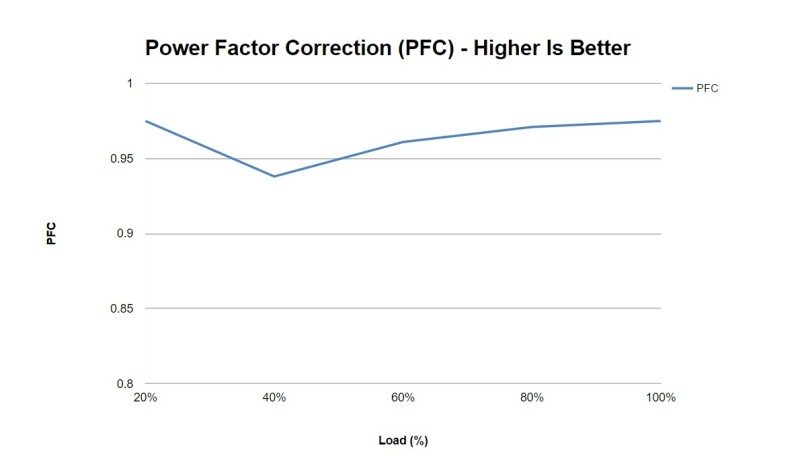Corsair SF600 80 Plus Gold SFX Power Supply Review
Peter Donnell / 9 years ago
Efficiency, PFC and Voltage Regulation
Voltage Regulation
To test voltage regulation we load the power supply to five different load scenarios that give an equal spread of load across every single rail. So that means 20% on all rails, 40% on all rails and so on. We then calculate the average deviance of each rail from its expected voltage.

SFX PSUs are often a compromise on performance, but this is just unreal! The voltage regulation is simply excellent across the board.
Power Efficiency
Power efficiency is measured by calculating actual supplied wattage divided by the wattage drawn at the wall/plug, multiplied by 100 to give a percentage. We then compare that to the particular 80 Plus certification the company claims to see if it meets that. You can see the 80 Plus certifications below, we always test 230v power supplies.


Amazingly, this Gold-rated unit is stepping more into the Platinum efficiency than it is Gold, which is obviously very good news. We saw between 93 and 94% efficiency throughout all our tests.
Power Factor Correction
Power Factor Correction is the ratio of the real power flowing to the load, to the apparent power in the circuit. The aim of PFC is to make the load circuitry that is power factor corrected appear purely resistive (apparent power equal to real power). In this case, the voltage and current are in phase and the reactive power consumption is zero. The closer the number to one the better as this allows the most efficient delivery of electrical power (Source – Wikipedia).

PFC is really good here, there’s a small dip at 40% but it’s really a lot smaller than it looks, otherwise, the score is pretty high here and a lot better than we expected.



















